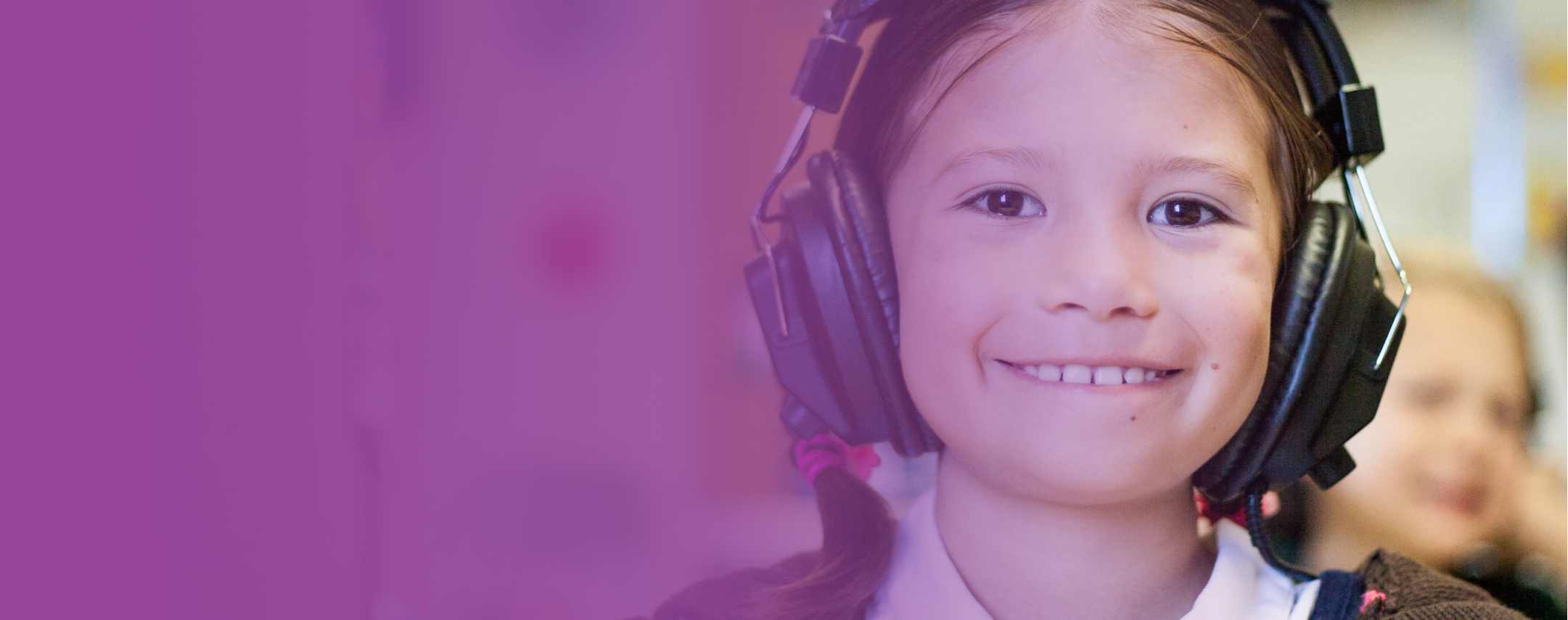AMPS is a cognitive processing skills program based on proven ideas from the fields of behavioral optometry and cognitive neuroscience. These brain exercises are designed to improve mental processing speed, working memory, attention, sequential processing, spatial processing, visual and auditory memory, phonological awareness, motor planning, problems solving, and reasoning. These are processing skills needed for easy, independent learning and functioning.
AMPS uses fun and challenging non-academic activities to build more efficient mental tools for thinking and learning. The 46 different procedures provide variety and interest for the student, while reinforcing new skills in many ways. AMPS is provided on a one-to-one basis. Because it is literally developing new, more efficient neuro-pathways, or connections in the brain, frequency of instruction is critical to the process. For best results, it should be provided 4-6 hours per week in 30-60 minute sessions. Just as practice and drill develops skills in sports, AMPS drills develop skills for learning and academics.
AMPS is designed for those who want their brains to work better and faster. It is particularly helpful for those students diagnosed with reading problems, dyslexia, attention disorders, working memory deficits, visual and auditory processing disorders, and slow processing speed. Not just for students! AMPS has been beneficial for individuals with brain injury and adults (including seniors) desiring more healthy and flexible cerebral functions.


